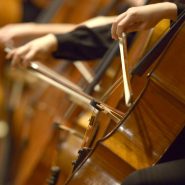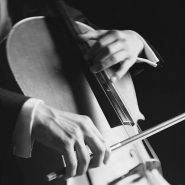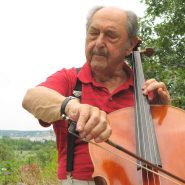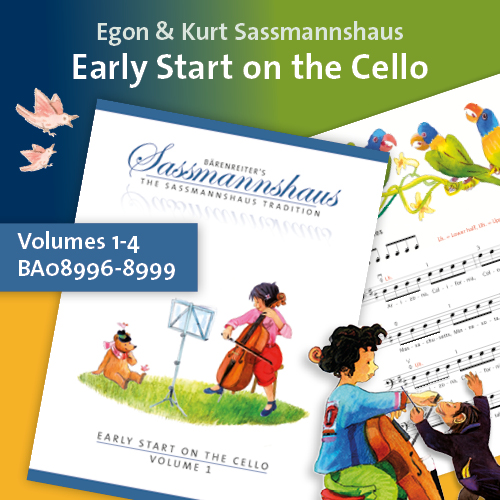Category: Technique
By Robert Jesselson October 22, 2018
By Robert Jesselson October 13, 2018
By Robert Jesselson October 7, 2018
Subjects Repertoire, Technique
By Robert Jesselson September 30, 2018
Subjects Repertoire, Technique
By Gregory Beaver January 29, 2018
By Blogmaster June 14, 2017
Subjects Practicing, Technique
Tags Coordination, Practice, Rhythm
By Stefanie Buller April 19, 2017
Subjects Playing Healthy, Technique
Tags Alexander Technique, bow, contact point, tension
By Robert Jesselson February 18, 2016
By Robert Jesselson February 8, 2016
By Selma Gokcen January 21, 2016















